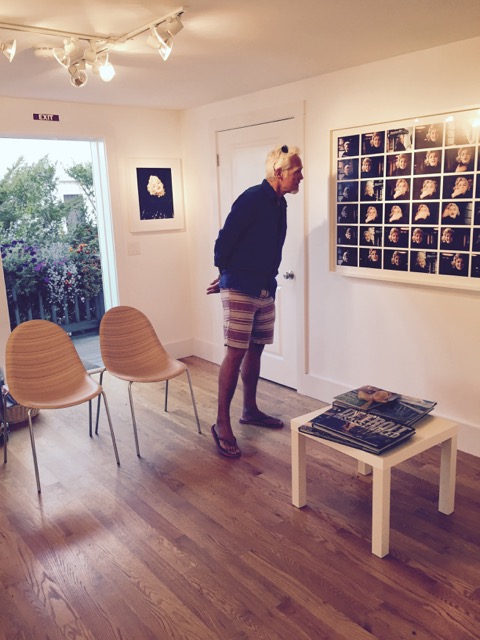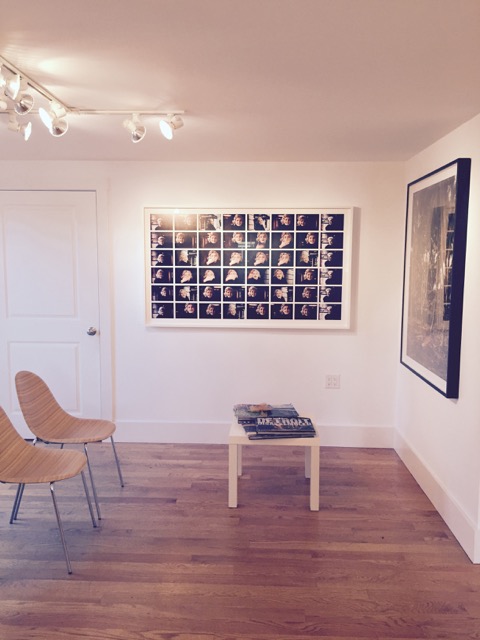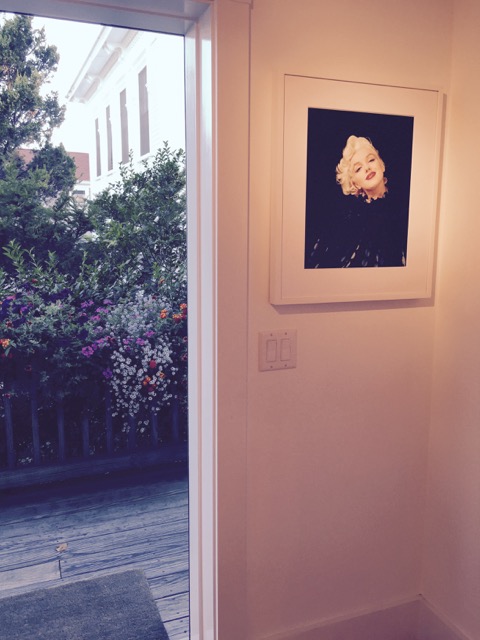My travels have always been of the same kind. No matter where I’ve gone or why I’ve gone there, it ends up that I never see anything. Becoming a movie star is living on a merry-go-round. When you travel you take the merry-go-round with you. You don’t see natives or new scenery. You see chiefly the same press agent, the same sort of interviewers, and the same picture layouts of yourself.
I thought Japan would be different because the Studio had wiped its hands of me. The Publicity Department had received instructions to spike all Monroe publicity. I was to be given the don’t-mention-her-name treatment.
Joe was very happy to hear this, but he didn’t stay happy long. From the minute the Studio washed its hands of me, my name started popping out of big front page headlines. Joe’s too.
Seeing your name in front page headlines as if you were some kind of a major accident or gun battle is always startling. No matter how often you see it you don’t get used to it. You keep thinking—”That’s about me. The whole country’s reading about me. Maybe the world is.”
And you remember things. All your hungry days and hysterical nights step up to the headlines and take a bow.
Japan turned out to be another country I never saw. An Army officer came up to our seat in the airplane as we were approaching Japan. He was General Christenberry. After introducing himself, he asked, “How would you like to entertain the soldiers in Korea?”
"I’d like to,” my husband answered, “but I don’t think I’ll have time this trip.”
“I wasn’t asking you,” the General said. “My inquiry was directed at your wife.”
“She can do anything she wants,” said Joe. “It’s her honeymoon.”
He grinned at me and added, “Go ahead.”
Joe stayed in Tokyo, and I went to Korea. My first stop was in a hospital full of wounded soldiers. I sang some songs including one called, “Do It Again.”
The soldiers were wonderful. They cheered and applauded as if they were having a good time. Everybody loved everything I did except the officer in charge of my Korean tour. He took me aside and told me I would have to change my material.
“What material?” I asked.
“That song, ‘Do It Again,’” he said. “It’s too suggestive to sing to soldiers. You’ll have to do a classy song instead.”
“But ‘Do It Again’ is a classy song,” I told him. “It’s a George Gershwin song.”
“Doesn’t matter,” the officer insisted. “You’ll have to change it.”
I hadn’t sung the song with any suggestive meaning. I had sung it as a straight, wistful love song. But I knew there was no use arguing about it. I’d been up against this sort of thing before. People had a habit of looking at me as if I were some kind of a mirror instead of a person. They didn’t see me, they saw their own lewd thoughts. Then they white-masked themselves by calling me the lewd one.
“If I change the phrase, ‘do it again,’ to ‘kiss me again,’ will that be all right?” I asked.
The officer was dubious, but he finally agreed.
“Try it,” he said, “and try not to put any suggestive meaning into it.”
“Just kissing,” I said.
We took a helicopter for the front. I didn’t see Korea and its battlefields and beaten up towns. I left one landing field and came down on another. Then I was put in a truck and taken to where the 45th Division was waiting. The 45th Division was my first audience after the wounded in the hospital.
It was cold and starting to snow. I was backstage in dungarees. Out front the show was on. I could hear music playing and a roar of voices trying to drown it out.
An officer cam back stage. He was excited.
“You’ll have to go on ahead of schedule,” he said. “I don’t think we can hold them any longer. They’re throwing rocks on the stage.”
The roar I’d been hearing was my name being yelled by the soldiers.
I changed into my silk gown as quickly as I could. It had a low neckline and no sleeves. I felt worried all of a sudden about my material, not the Gershwin song but the others I was going to sing—”Diamonds Are A Girl’s Best Friend.”
It seemed like the wrong thing to say to soldiers in Korea, earning only soldiers’ pay. Then I remembered the dance I did after the song. It was a cute dance. I knew they would like it.
This is where Marilyn’s manuscript ended when she gave it to me.
Milton H. Greene
Excerpted from My Story written by Marilyn Monroe. Published by Taylor Trade Publishing.

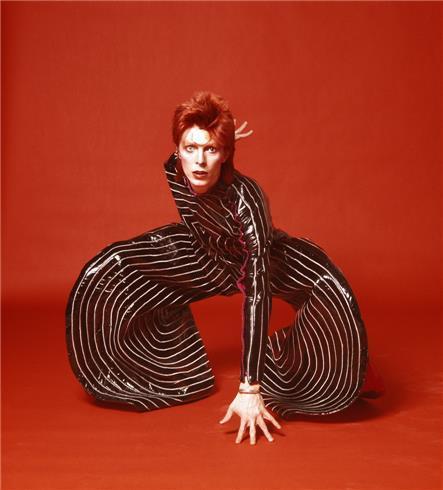
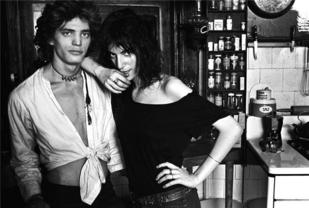
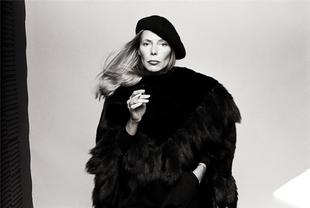
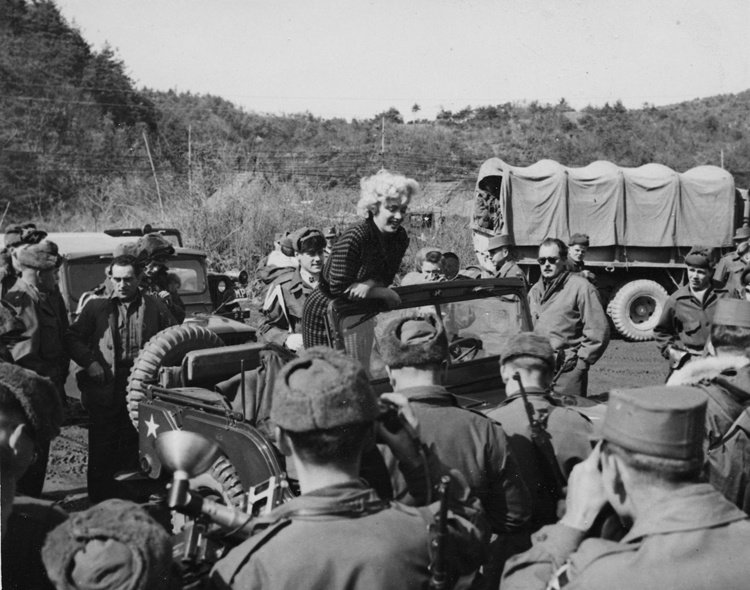
.jpg)
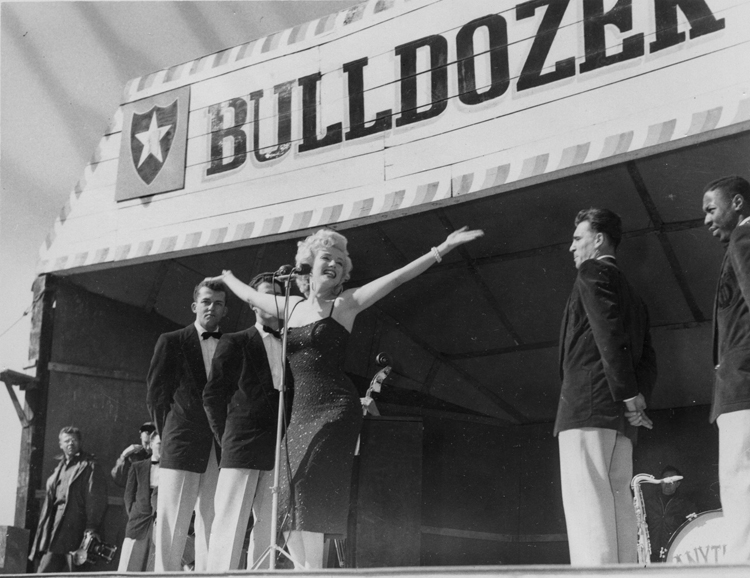

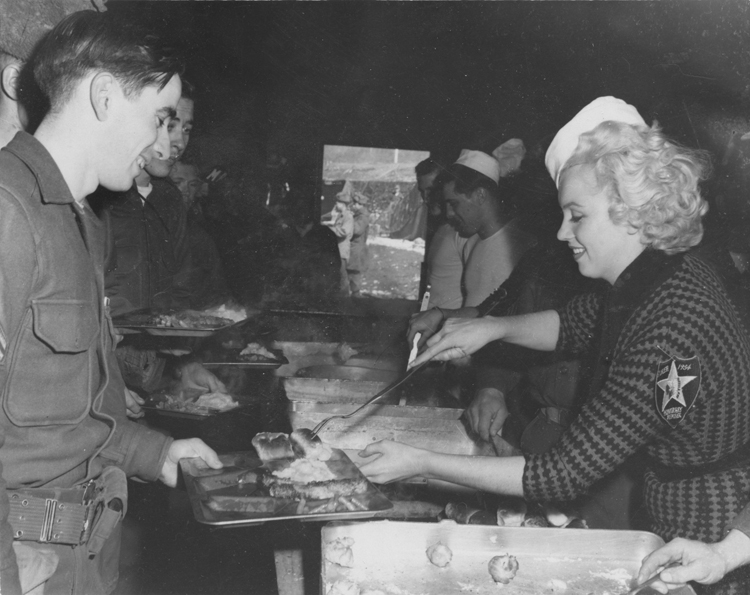
.jpg)
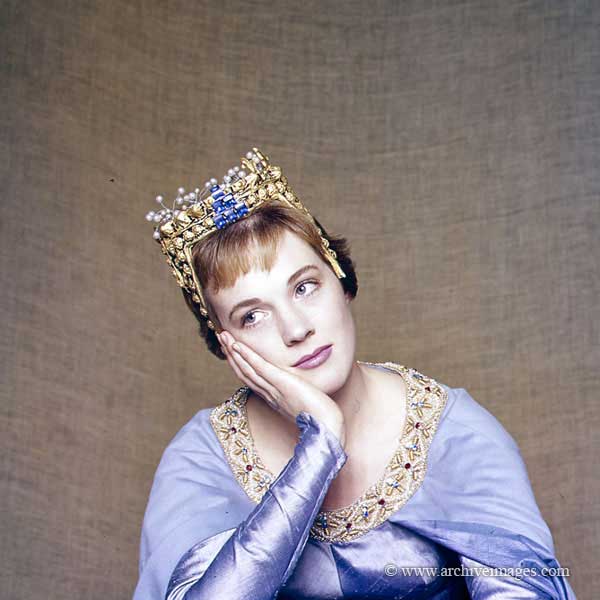
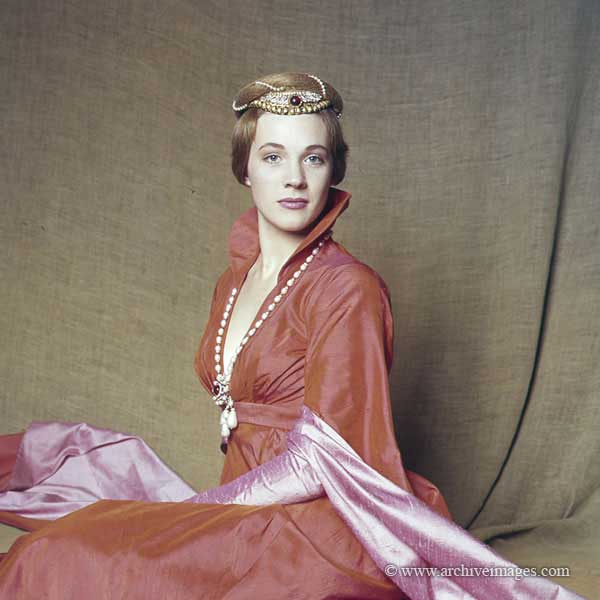
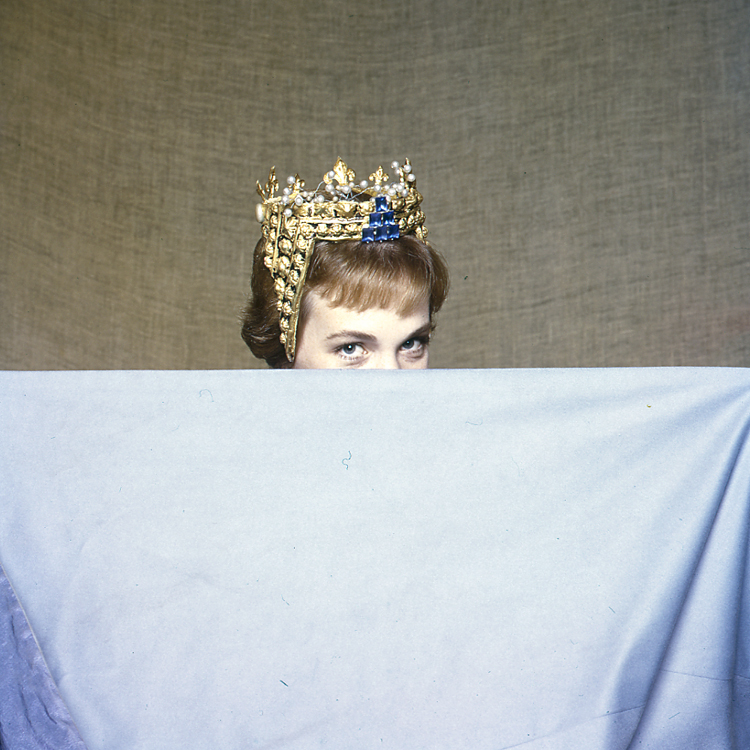
.jpg)
